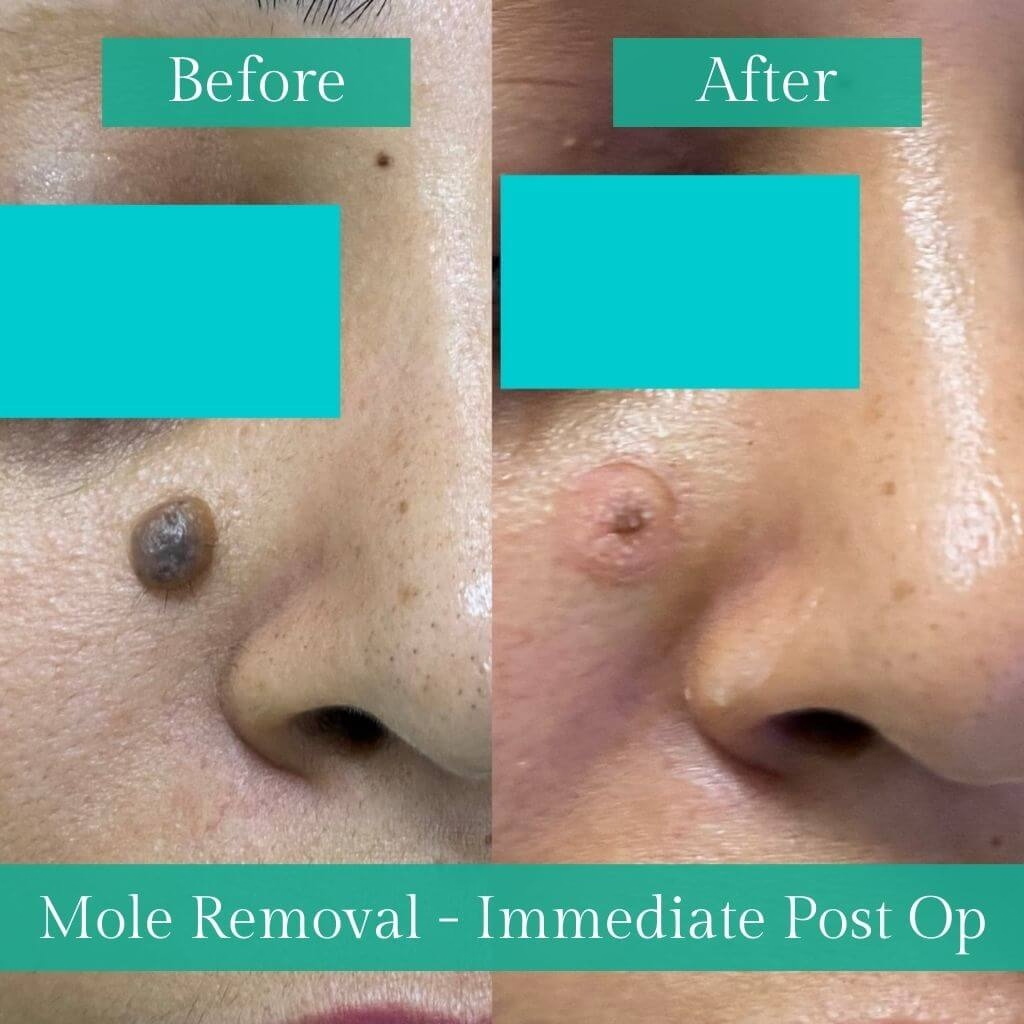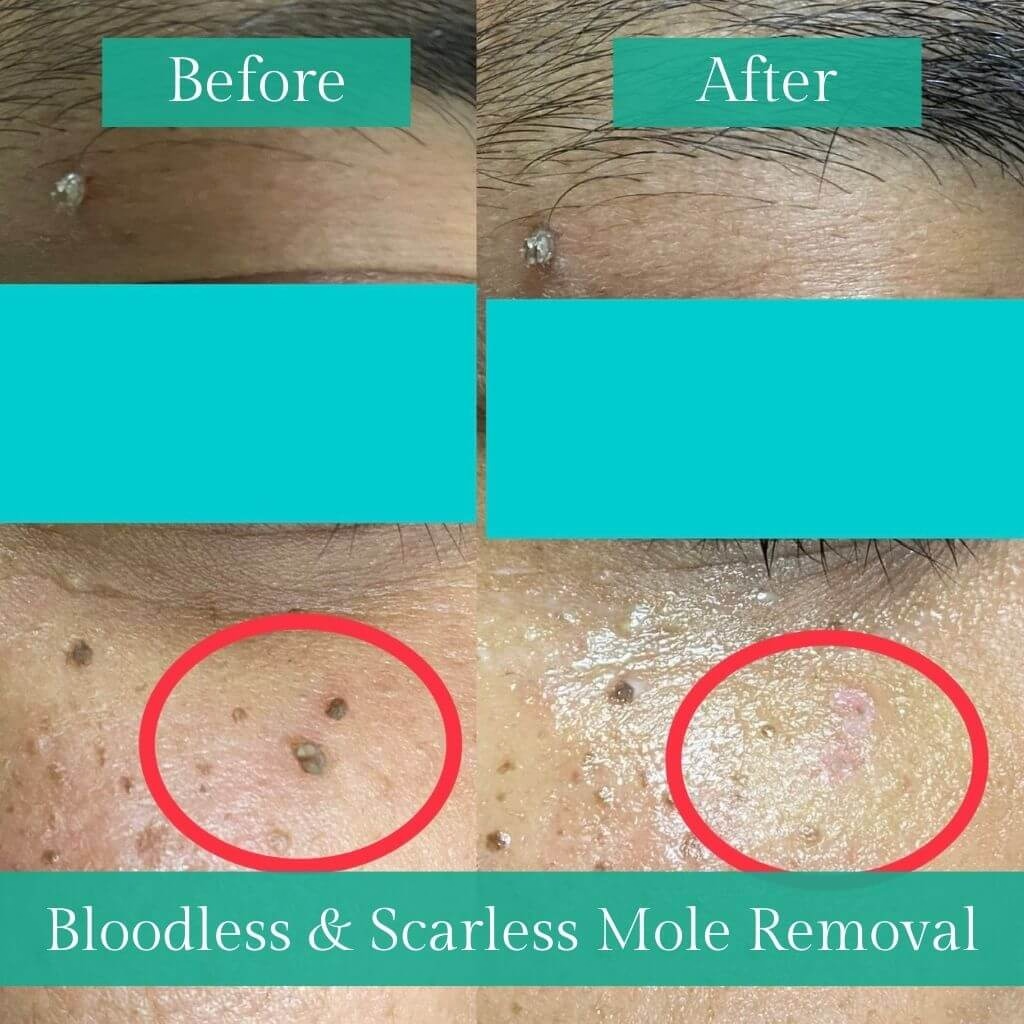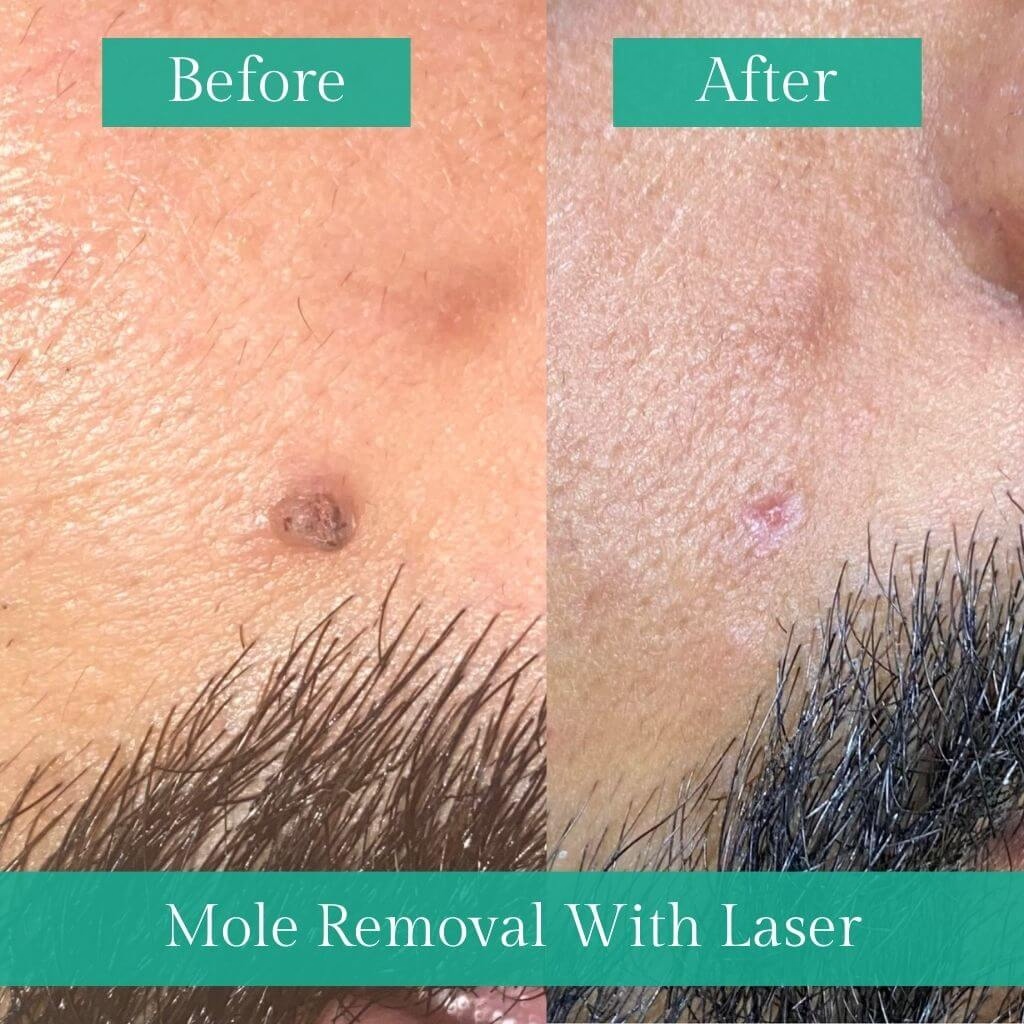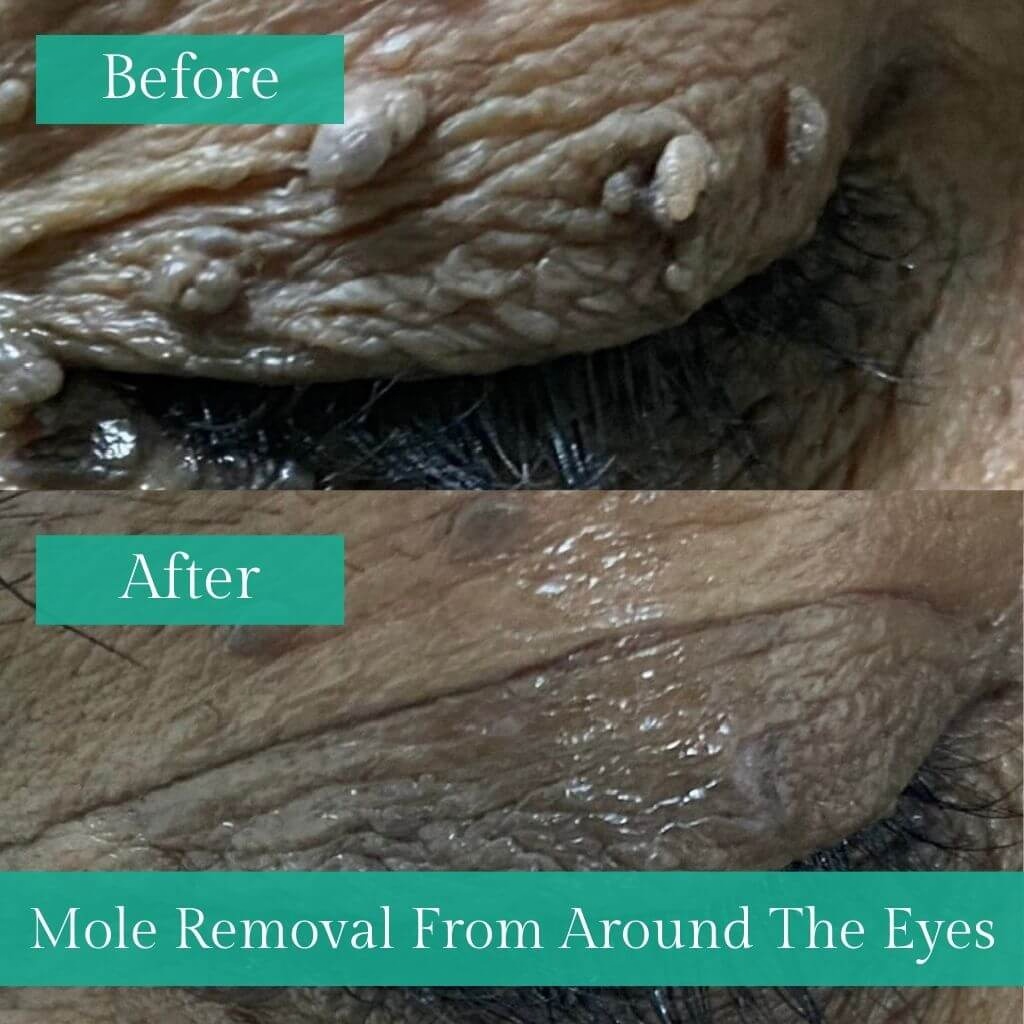What is a mole?
Moles or Nevi are small, brown to blackish appearing spots caused by clusters of pigment-forming cells (melanocytes).They can be flat or raised bumps on the skin appearing at various places on the body. They are usually harmless but may rarely become cancerous. Thus making it important to monitor any change in colour, size or texture.
What is a skin tag?
A skin tag refers to a soft, small piece of skin that may have a peduncle or stalk. They appear most commonly at sites where the clothing rubs the skin due to friction. They are usually harmless in nature but can lead to nuisance in daily activities or cause discomfort by chafing from friction from clothing.
What are signs that my mole needs to be checked by a doctor?
ABCDEs of need for mole check-ups include
- A – asymmetrical shape
- B – borders which are irregular
- C – any change incolour or non-uniform colour
- D – A diameter > 6mm in new growth is usually a mole that a doctor should check
- E – If your mole isevolving or changing in size, shape, or colour, it needs to be looked at by a doctor
Why do we need to remove moles?
Moles are usually harmless but may rarely become cancerous. The usual reasons to warrant the removal of moles are :
- Esthetic concerns
- Moles are causing discomfort – e.g., moles in the line of vision or in areas where they are rubbed by clothes/jewellery, etc.
- Moles that seem like a potential risk for cancer
- Moles increasing in size
What are the ways to remove moles?
Moles can be removed by means of simple, painless outpatient surgery in less than 20 minutes by a surgical specialist. These procedures involve injecting a small amount of anaesthetic around your mole and then completely removing it. Removal can be done in various ways.
- Cauterizing.It refers to using electric current to burn off the upper layers of a mole that is not cancerous in nature.
- Shaving.The mole is shaved off by your doctor using a surgical blade.
- Excision.This procedure involves removal of the entire mole from the deeper layers of the skin and may involve stitching the skin back together. This type of removal is usually used if the mole is cancerous or requires a biopsy for evaluation.
- Laser-based removal.This procedure is one of the most advanced techniques, removing the mole while leaving the skin intact. Compared to other methods, it leaves the most minimal scar.
What are the precautions after mole removal?
- The first and foremost instruction is to keep the area clean and dry.
- Apply any ointment or cream as prescribed by the doctor
- Use a bandage or dressing if the area rubs against clothes and can get easily injured.
- A scab forms and usually peels away within 1-3 weeks, depending on the area treated. Do not pick the scab off.
- Sun-exposed areas must be protected with sunscreen with SPF 30-50 at least.
Will mole removal leave a scar?
Mole removal usually leaves a minimal or barely visible scar if you follow the post-treatment instructions given by your doctor. Removal with the help of lasers leads to a much smaller scar than other techniques.





